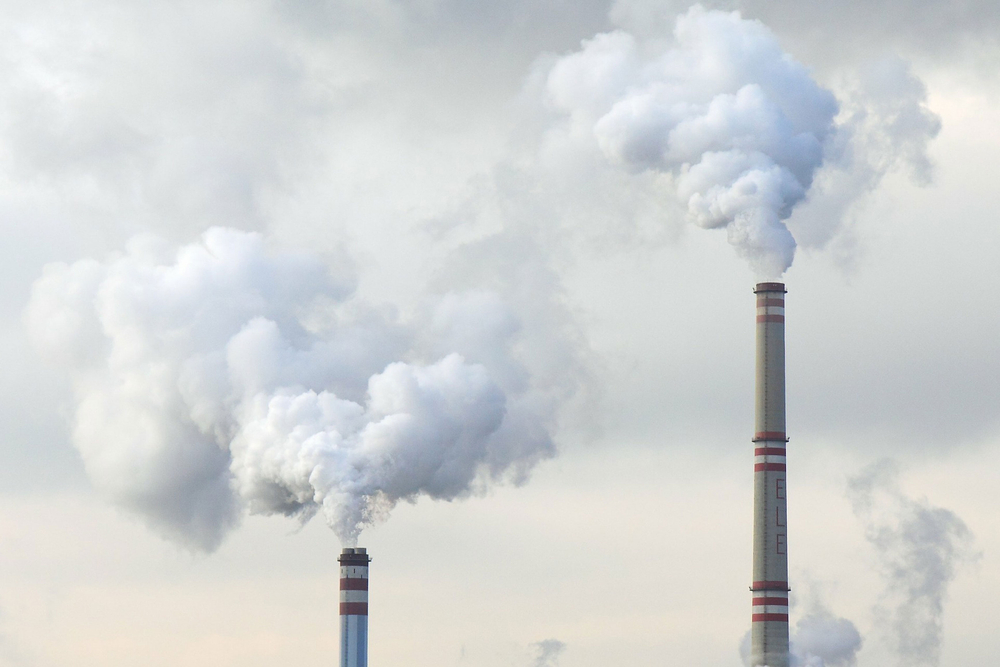In October 2023, the EPA released 2022 greenhouse gas (GHG) data collected under the EPA’s Greenhouse Gas Reporting Program (GHGRP). For 2022, the report reveals emissions from large industrial sources were approximately 1% lower than in 2021. Cumulative data collected also shows an overall long-term decreasing trend in industry GHG emissions since 2011, which is attributed to being driven by industry’s switch to lower emissions inputs such as renewable energy sources and natural gas.
With more than 8,100 industrial facilities reporting GHG emissions data in 2022 to the EPA, the report shows:
- Power plants were the largest stationary source of U.S. GHG emissions, with 1,332 facilities emitting approximately 1.6 billion metric tons of carbon dioxide (CO2). Reported power plant emissions decreased by 0.8% between 2021 and 2022. There’s been a 28.7% decrease in emissions since 2011, reflecting the long-term shifts in power sector fuel-stock from coal to natural gas.
- Petroleum and natural gas systems were the second-largest stationary source of emissions, reporting 316 million metric tons of GHG emissions. Reported emissions for 2022 were 1.2% higher than in 2021 and 14.2% higher than in 2016. (2016 is the earliest year of comparable data for this sector, as new industry segments began reporting that year.)
- Reported direct emissions from other large sources in the industrial and waste sectors were a combined 793 million metric tons of GHG emissions in 2022—down 1.8% from 2021 and down 9.3% since 2011.
For most industry sectors, 2022 marks the 13th year of data reporting under the GHGRP.
The EPA annually collects emissions data from major industrial sources, including power plants, oil and gas production, iron and steel mills, and landfills. The GHGRP also collects activity data from upstream fossil fuel and industrial gas suppliers. This annual report, the Inventory of U.S. Greenhouse Gas Emissions and Sinks, provides a comprehensive accounting of total GHG emissions for all man-made sources in the United States, including CO2 removal from the atmosphere by “sinks” (e.g., through the uptake of carbon and storage in forests, vegetation, and soils) from management of lands in their current use or as lands are converted to other uses. The gases covered by the inventory include CO2, methane, nitrous oxide, hydrofluorocarbons, perfluorocarbons, sulfur hexafluoride, and nitrogen trifluoride.
“The national greenhouse gas inventory is submitted to the United Nations in accordance with the Framework Convention on Climate Change,” states the EPA website. “In preparing the annual emissions and sinks inventory report, EPA collaborates with hundreds of experts representing more than a dozen U.S. government agencies, academic institutions, industry associations, consultants and environmental organizations. The EPA also collects [GHG] emissions data from individual facilities and suppliers of certain fossil fuels and industrial gases through the Greenhouse Gas Reporting Program.”
Data collected through the GHGRP can also be viewed directly in the EPA’s Facility Level Information on GreenHouse Gases Tool (FLIGHT).

